
Was the sale of America’s most advanced fighter jet to a country whose largest trading partner is China a calculated strategic move or a high-risk gamble? President Donald Trump’s announcement of an intended sale of F-35 Lightning II jets to Saudi Arabia set off debate across defense circles not just for its geopolitical repercussions but for the program’s continued technical and readiness woes.
A deal of up to 48 jets would make Riyadh the first Mid-East nation to operate the fifth-generation stealth fighter, amid concerns over protecting Israel’s qualitative military edge and keeping sensitive technology out of adversary hands. At the same time, the F-35 program is battling growing costs, modernization delays, and deep readiness shortfalls-each of which may shape further both the jet’s operable value and the political calculus of this sale.
The following listicle considers nine critical dimensions of the F-35 program and the proposed Saudi acquisition-from espionage risks to production bottlenecks-and gives a comprehensive view for the defense analyst and military technology observer.
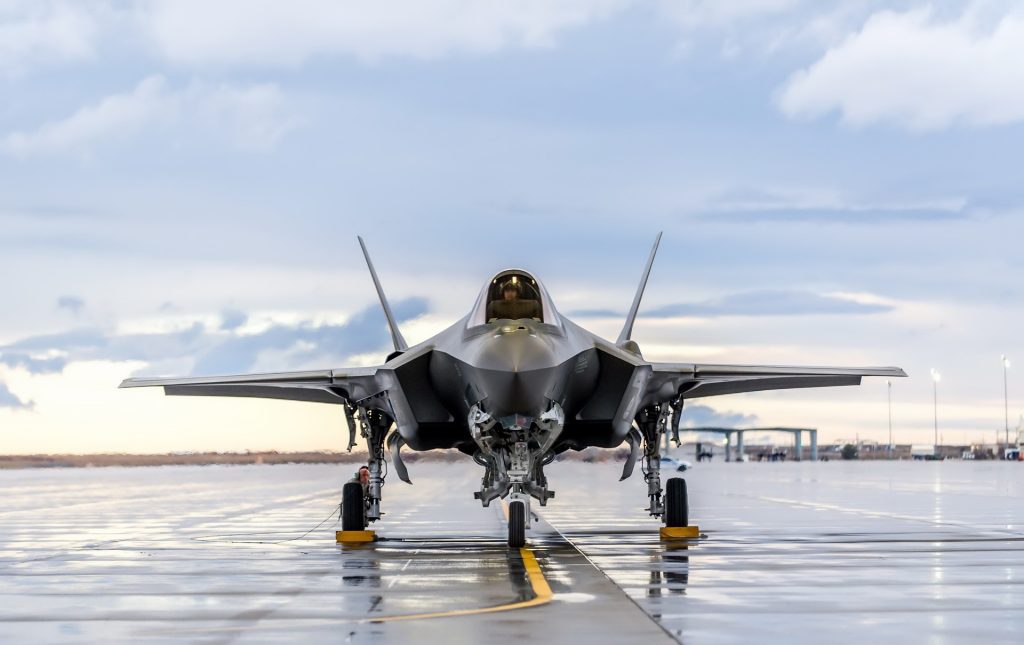
1. Geopolitical Stakes of the Saudi F-35 Sale
Such a transfer of F-35s to Saudi Arabia would be unprecedented outside of Israel in the Middle East. Framed by the White House as a deepening strategic alliance, the sale will have to work its way through the U.S. foreign military sales process, congressional oversight, and export licensing hurdles. That said, Israel’s concerns about ensuring its qualitative military edge form the core of U.S. arms export policy in the region, and any move to equip Riyadh with stealth fighters would surely readjust regional airpower balances.
The Trump announcement comes against the broader diplomatic backdrop, inclusive of talks of Saudi-Israel normalization. The F-35 acquisition would modernize Riyadh’s air force and reinforce deterrence in the Gulf, but for Washington, it raises questions of long-term control of sensitive technology.
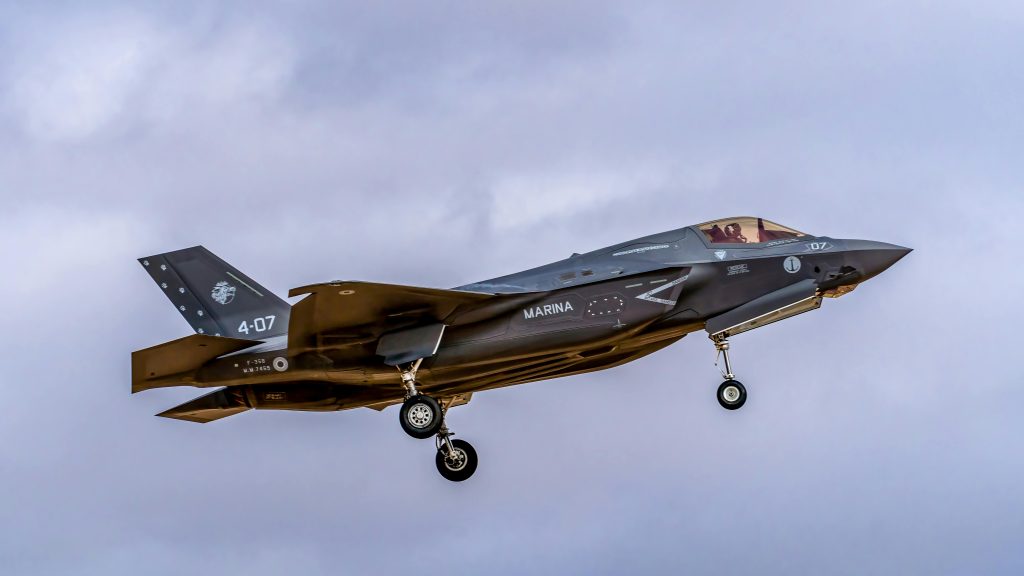
2. Current Chinese Espionage Problems
A 2013 report by the Defense Science Board claimed that the Chinese cyber attacks accessed data from dozens of Pentagon programs, including the joint strike fighter. Historical accounts reveal that in 2007 the Chinese hackers breached the Pentagon’s F-35 project and in 2012 stole classified information about onboard technologies. With Saudi Arabia forging strong economic links with Beijing, critics are concerned about indirect exposure to advanced U.S. systems.
But experts like Bradley Bowman explain that the continuous upgrade cycle reduces the possibility of stolen data’s becoming obsolete, but the history of cyber intrusions undergirds the strict safeguards necessary for any foreign transfer of the aircraft.
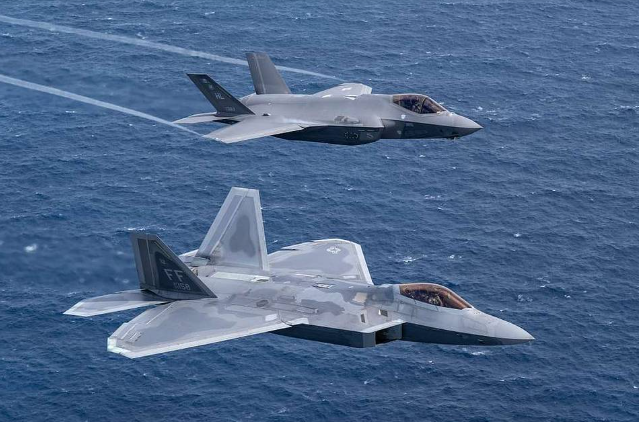
3. Capabilities of the F-35 Fifth Generation
The F-35 was designed to replace a number of older fighters it boasts stealth coatings, advanced radar, and sensor fusion that enables seamless transitions from strike into air-to-air missions. The jet also has a networking capability, enabling real-time coordination not just with other friendly aircraft but also with forces on the ground, hence its reputation as the “quarterback in the sky.”
As Bowman says, “If you can’t see it, you can’t kill it,” then the low observability of the aircraft surely is a determining factor. The jet features make it desirable to partner nations while at the same time raising the stakes of any possible compromise in technology.
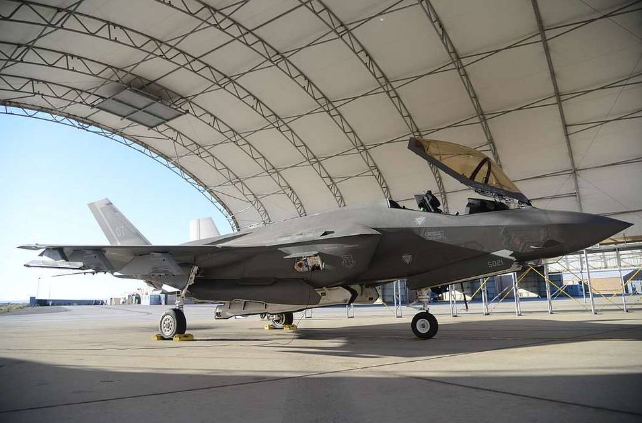
4. Record-Breaking Costs and Life-Cycle Burden
The F-35 program remains the costliest the Pentagon has ever had, expected to run in excess of $2 trillion to acquire and sustain over the aircraft’s 77-year lifecycle. By estimates from the Government Accountability Office, sustaining the fleet alone would cost a minimum of $1.58 trillion, despite attempts to cut costs by improving the reliability and maintainability of the aircraft.
At an estimated cost of upwards of $77 million per aircraft, with modernization projects like that of engine upgrading adding several more billions, these figures frame the Saudi deal not only as a strategic decision but also an important economic transaction with long-term implications.

Readiness Shortfalls Across All Variants
This marks a record six years straight that the F-35 has fallen short of its mission-capable goals. The Air Force’s F-35A fleet achieved just a 51.9 percent readiness rate in fiscal 2023, well behind the 75-80 percent goal, sources said. Leading factors contributing to low availability include a lack of spare parts, delays in depot maintenance, and reliance on contractors. Lt. Gen. Michael Schmidt’s “War on Readiness” aimed to achieve a 10% improvement by March 2024 but has reached only 2.6% so far. These readiness gaps cap the operational impact of the jet, raising questions about further expanding the fleet to new operators.

6. Delays in Modernization and Block 4 Challenges:
The Block 4 upgrade program-aimed at more than 75 enhancements in weapons, sensors, and electronic warfare-is more than $6 billion over budget and five years behind schedule. Technology Refresh 3 hardware and software-critical to Block 4-have slipped from an April 2023 target to 2026. In 2024 the GAO says, Lockheed Martin delivered all 110 aircraft an average of 238 days late, while Pratt & Whitney delivered all 123 engines late. Delays have forced the Pentagon to scale back the scope of Block 4 by reducing planned capabilities.
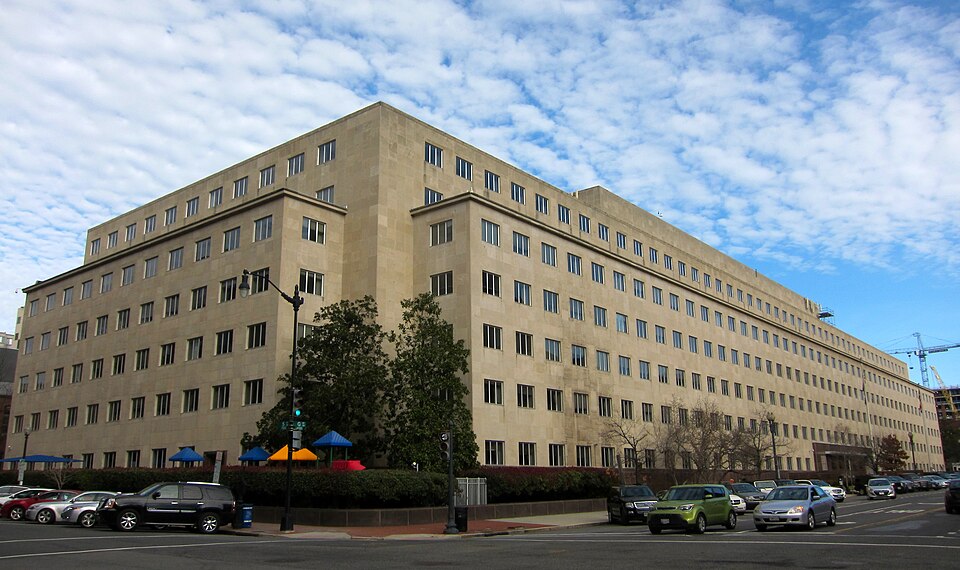
7. Contractor Incentives During Late Deliveries
Despite worsening delivery timelines, the program has continued paying “hundreds of millions of dollars” in performance incentive fees to contractors. The GAO also notes that Lockheed Martin and Pratt & Whitney have earned fees even when delivering aircraft up to 60 days late. Critics say incentives are poorly aligned with outcomes-particularly in light of numerous findings of aircraft and engines failing to meet contract specifications. The frequency of major variance requests indicates systemic quality-control problems.
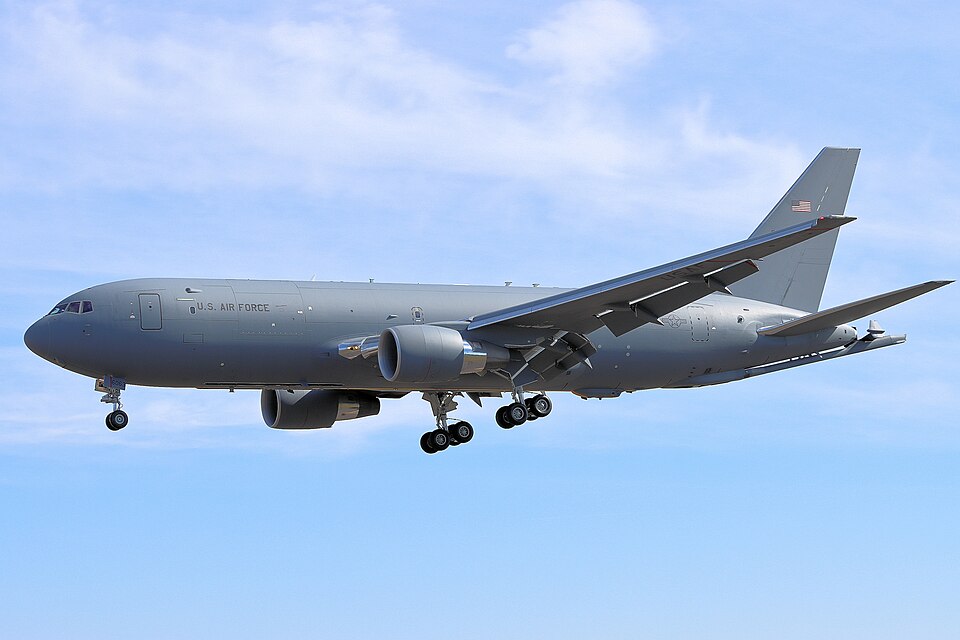
8. Impact on U.S. Air Force Fleet Readiness
The declining availability of the F-35A reflects a broader readiness crisis in the Air Force, whose fleet-wide mission-capable rate fell to 62% in 2024-the lowest in decades. Aging aircraft, spare parts shortages, and delayed modernization have forced prioritization of operational missions over training. Readiness declines have also hit key airframes such as the A-10, F-16, and KC-46, illustrating the challenge of maintaining high availability throughout the force. Any introduction of the F-35 into Saudi service will need to confront these systemic sustainment problems.
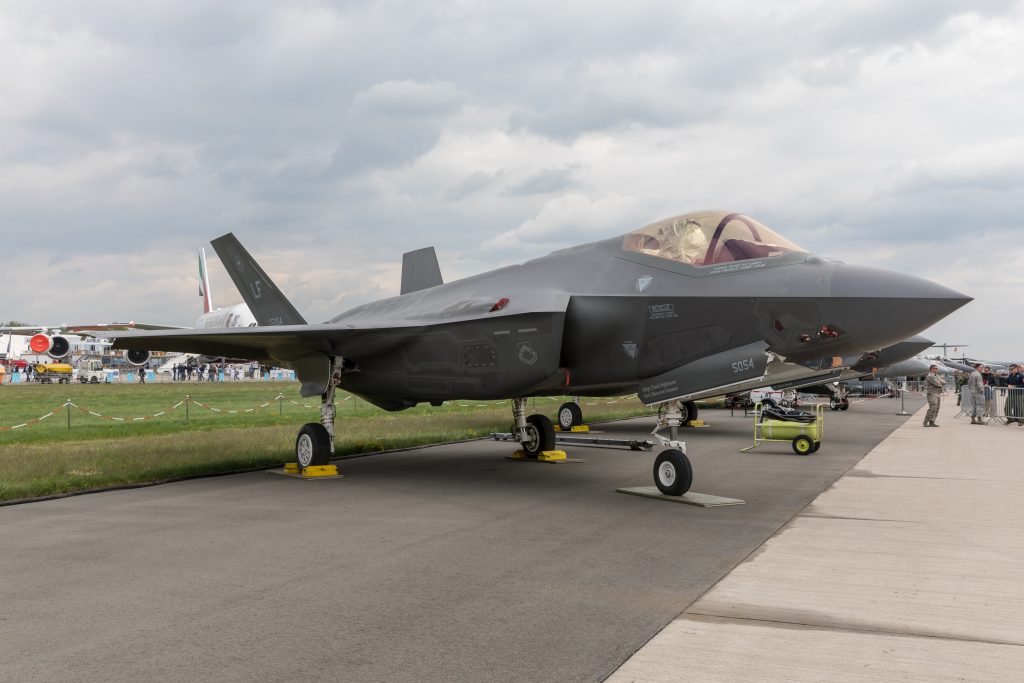
9. Strategic Role in Allied Defense Networks
With more than 1,255 in-service aircraft across 20 allied nations, the F-35 forms a cornerstone of coalition airpower. Its interoperability and shared logistics systems enable coordinated operations across NATO and partner forces. Lockheed Martin refers to the jet as “combat proven” and “an indispensable contributor to global security.” For Saudi Arabia, entry into this network would offer integration benefits but also bind its air force to the complex sustainment and modernization cycles that challenge current operators.
A possible sale of F-35s to Riyadh embodies the nexus of high-stake geopolitics, modern military technology, and the reality of defense procurements. While the aircraft’s capability does promise strategic advantages, persistent readiness issues, modernization delays, and cost overhang temper expectations. To defense analysts, the outcome of such a deal would depend not just on diplomatic negotiations but also on whether the F-35 program can deliver reliable, timely, and secure systems to both existing and new operators.


